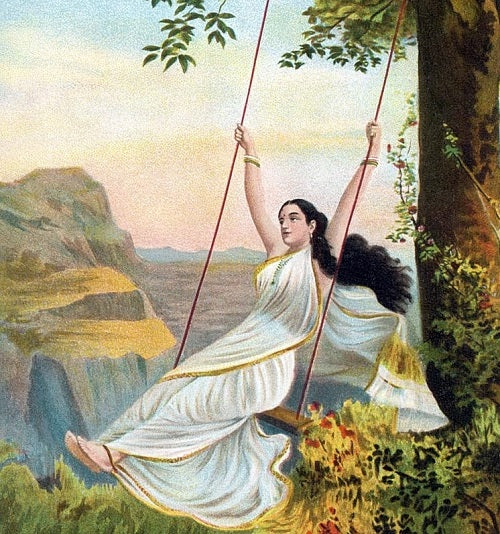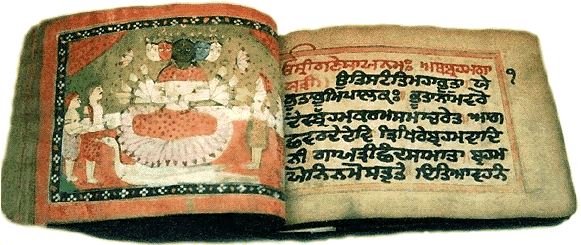
Tracing the Origins and Evolution of the Upanishads
The Upanishads, ancient sacred texts at the heart of Hindu philosophy, have been revered for their profound insights into the nature of reality, consciousness, and the self. Tracing the origins and evolution of the Upanishads offers a fascinating journey through the intellectual and spiritual landscape of ancient India. In this blog, we delve into the historical context, evolution, and significance of the Upanishads in shaping the philosophical and spiritual thought of India.
- Historical Context and Origin
The Upanishads are part of the Vedic literature, which encompasses the oldest sacred texts of ancient India, known as the Vedas. The Vedas were composed over a span of centuries and primarily consist of hymns, rituals, and incantations. The Upanishads, considered the philosophical appendices of the Vedas, emerged during a period of profound intellectual inquiry around 800 BCE.
- Evolution from Vedic Rituals to Philosophical Inquiry
The early Vedic period was characterized by elaborate rituals and sacrificial ceremonies, performed by priests known as Brahmins. However, a group of ascetics and sages sought answers beyond the materialistic and ritualistic practices, leading to the emergence of the Upanishads. These seekers began contemplating the deeper mysteries of existence, seeking to understand the nature of the self (Atman) and the ultimate reality (Brahman).
- Oral Tradition and Guru-Disciple Transmission
The Upanishads were initially passed down orally from one generation of sages to another. This oral tradition, known as "Shruti" (that which is heard), involved memorization and recitation by disciples under the guidance of their gurus. The Upanishads were eventually compiled and written down in Sanskrit, preserving their timeless wisdom for future generations.
- Classification and Diversity
The Upanishads are not a homogeneous body of texts but rather a collection of philosophical treatises with diverse perspectives and themes. Scholars have classified them into four main groups: Rigveda Upanishads, Samaveda Upanishads, Yajurveda Upanishads, and Atharvaveda Upanishads. Each group reflects the philosophical insights and spiritual experiences of different sages and traditions.
- Core Themes and Teachings
The Upanishads explore profound philosophical themes such as the nature of reality (Brahman), the eternal self (Atman), the concept of Maya (illusion), the law of Karma (cause and effect), and the path to liberation (Moksha). The teachings of the Upanishads emphasize the pursuit of self-realization and the realization of the oneness between individual consciousness and the ultimate reality.
- Influence and Impact
The Upanishads have had a far-reaching influence on Indian philosophy, spirituality, and culture. They have shaped various philosophical schools, including Advaita Vedanta, which expounds on non-duality (Advaita) between Atman and Brahman. The Upanishads have also influenced other religions and spiritual traditions, including Buddhism and Jainism, contributing to the rich tapestry of Indian thought.
Conclusion
The journey of tracing the origins and evolution of the Upanishads takes us back to a time of profound intellectual inquiry and spiritual exploration in ancient India. Emerging as philosophical appendices to the Vedic literature, the Upanishads challenged conventional rituals and paved the way for a deeper understanding of the nature of reality and the self.
Their teachings on self-realization, the oneness of Atman and Brahman, and the pursuit of liberation continue to resonate with seekers across generations. The Upanishads remain an invaluable source of wisdom, guiding individuals on a transformative spiritual journey and inspiring profound contemplation on the mysteries of existence. As we explore the origins and evolution of the Upanishads, we gain a deeper appreciation for their timeless significance and their enduring impact on the philosophical and spiritual landscape of India.
By Nishita Khanna
(The images used in this blog post are not owned by Anime Devta, they are just to help the readers)

